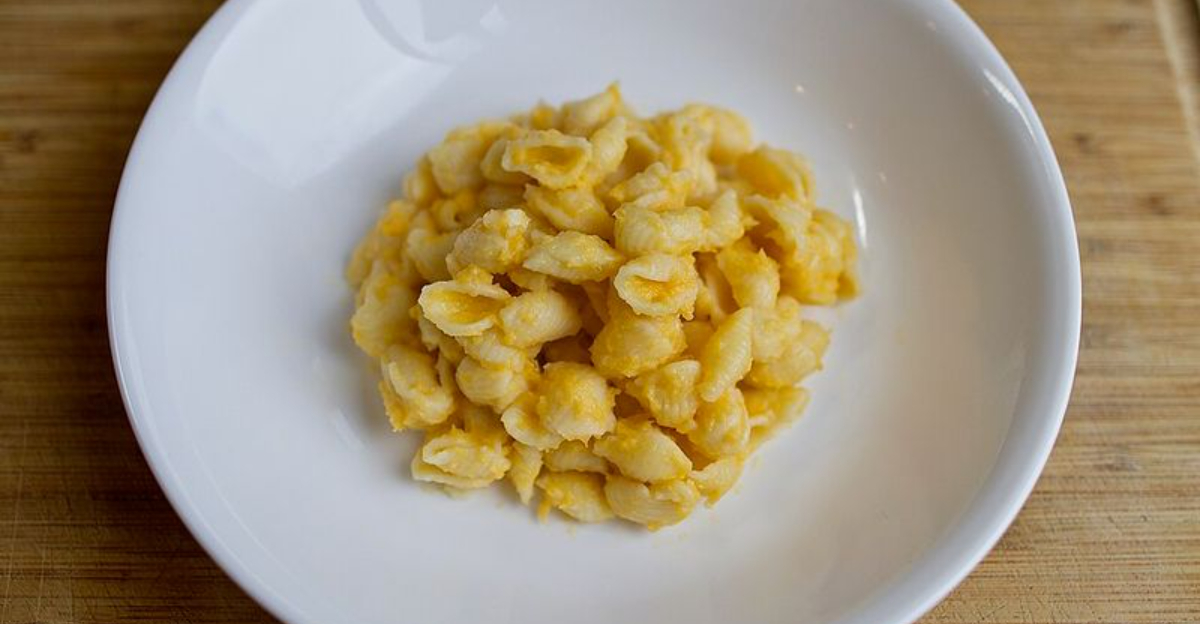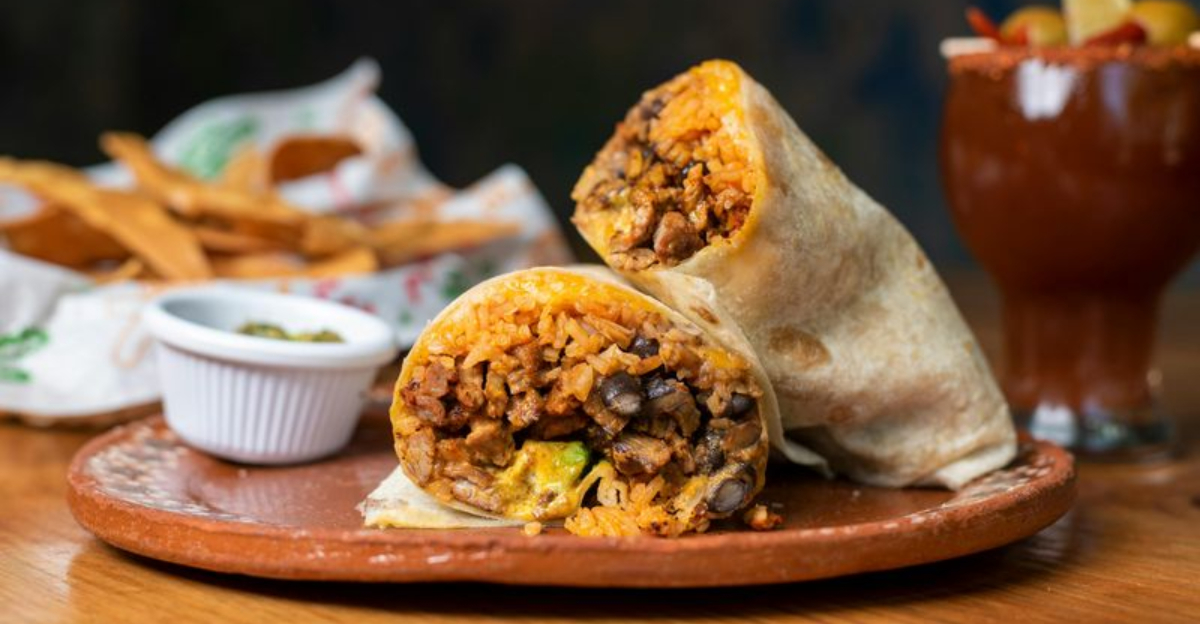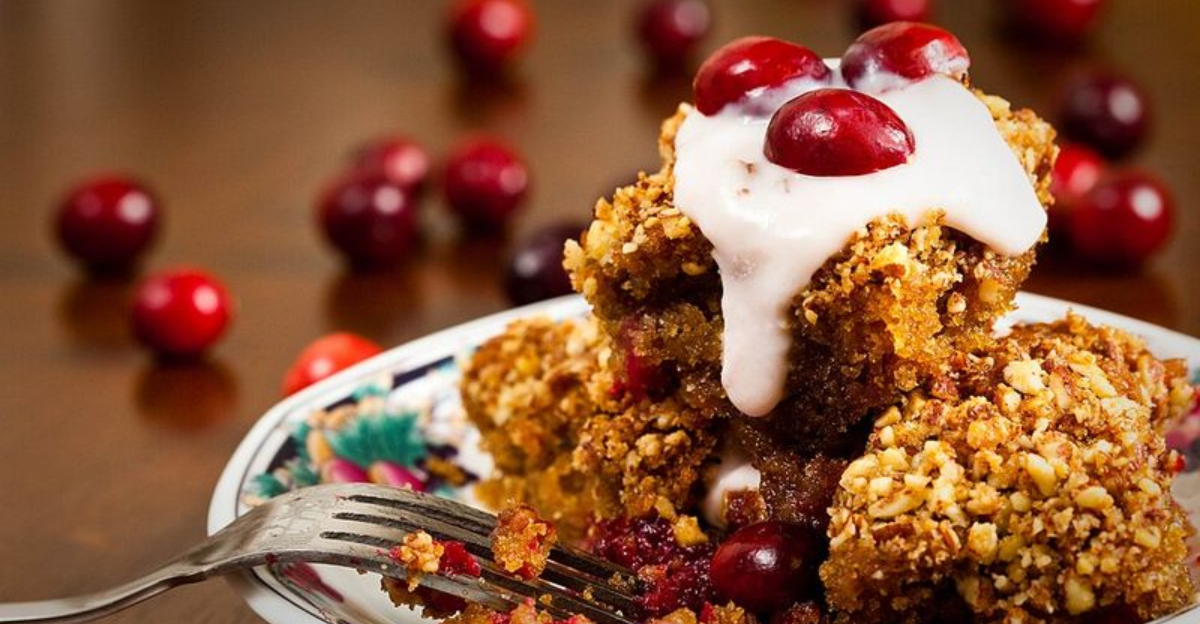The Secret Science Behind Truly Great Takeout Fried Rice
Ever sit down with a takeout container of fried rice and wonder how it tastes so much richer, smokier, and more perfectly textured than anything you can whip up at home?
Behind that unforgettable flavor is a blend of skill, science, and serious heat. Restaurant kitchens rely on blazing-hot woks that create rapid evaporation, which keeps the grains separate instead of mushy.
Chefs also use pre-cooked, chilled rice that firms up the starches, allowing every grain to fry instead of steam.
That hint of smoky depth comes from the quick sear that happens when oil, aromatics, and heat work together in perfect harmony. Once you understand the chemistry at play, fried rice becomes less of a mystery and more of a kitchen technique you can finally master with confidence.
This article is intended for general interest and culinary education. All scientific explanations and cooking details have been carefully reviewed for accuracy at the time of writing. Techniques and results may vary depending on equipment, ingredients, and cooking experience. No endorsement of specific products, tools, or methods is implied.
Day-Old Rice Is Your Best Friend
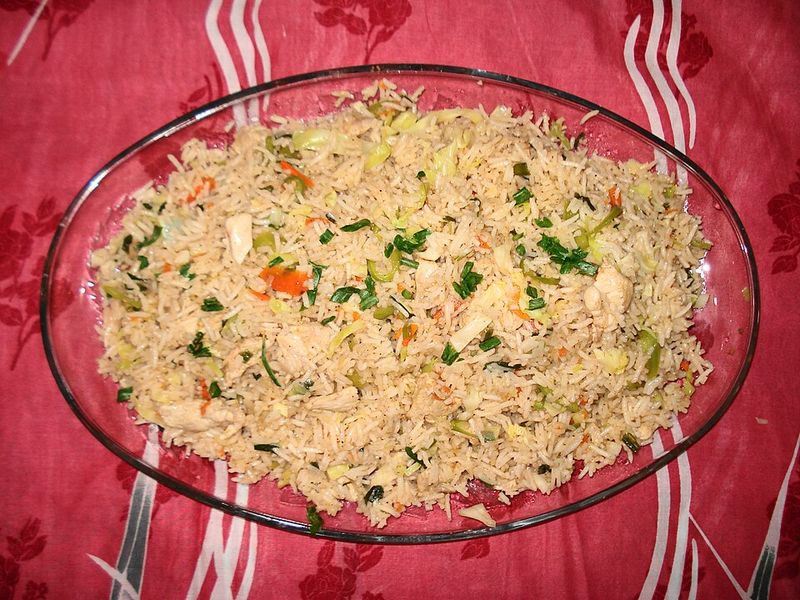
Fresh rice might sound better, but science says otherwise. When rice sits in the fridge overnight, moisture evaporates from the surface of each grain, creating a drier exterior that won’t turn mushy when stir-fried.
This dehydration process is called retrogradation, where starch molecules reorganize and firm up. Cold rice grains stay separate instead of clumping together into a sticky mess.
Restaurants know this trick well and often cook rice a day ahead specifically for fried rice orders. The slightly firm texture absorbs sauces perfectly while maintaining that signature bounce. If you’ve ever tried making fried rice with fresh, hot rice, you’ve probably ended up with porridge instead of those beautiful individual grains that dance in the wok.
The Maillard Reaction Creates That Golden Magic
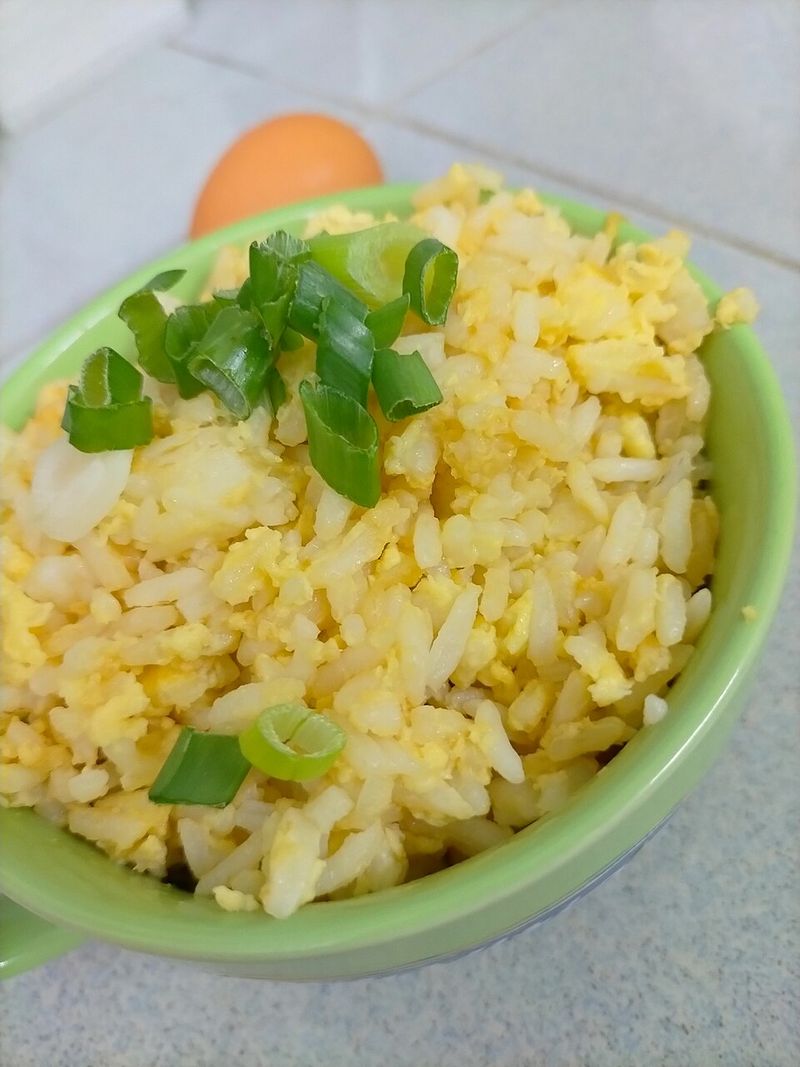
That beautiful golden color and nutty, toasty flavor comes from the Maillard reaction, a chemical process between amino acids and sugars when heated above 280 degrees Fahrenheit. It’s the same science that makes bread crusts brown and steaks develop a delicious sear.
High heat triggers this reaction quickly, transforming plain rice into something extraordinary. Proteins in eggs and soy sauce contribute amino acids that boost the effect even more.
However, home stoves often can’t reach the temperatures commercial woks achieve, which is why takeout fried rice has that special something. Professional burners can hit 200,000 BTUs compared to your home stove’s 12,000 BTUs, creating intense heat that develops complex flavors in seconds.
Wok Hei Adds Smoky Restaurant Flavor
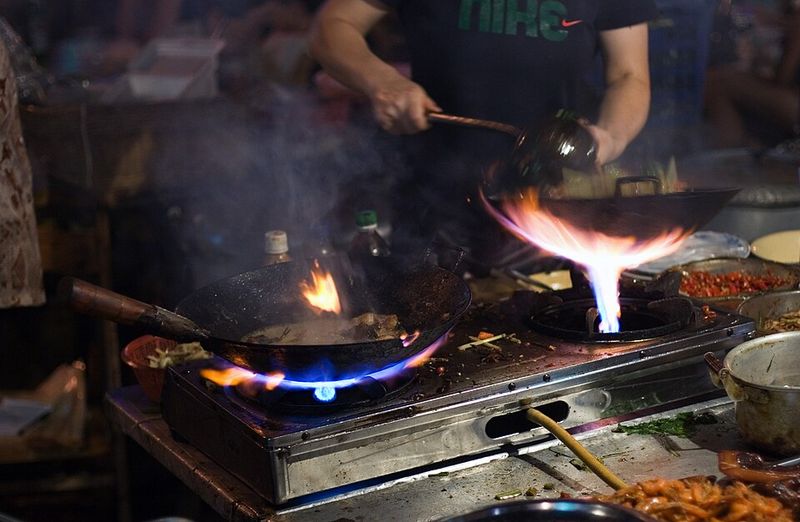
Wok hei translates to breath of the wok, and it’s that smoky, slightly charred taste you can’t replicate at home. This phenomenon happens when food makes brief contact with scorching hot metal and even touches the flames themselves.
Though it sounds like burning, it’s actually controlled charring that adds depth without bitterness. Tiny amounts of oil vaporize instantly, creating aromatic compounds that coat every grain of rice.
Where does this magic come from? The combination of extreme heat, constant motion, and the seasoned carbon layer on well-used woks creates unique chemical reactions. Some chefs even tilt the wok into the flame intentionally, letting fire kiss the ingredients for just a split second to maximize that signature smoky essence.
The Right Oil Makes A Scientific Difference
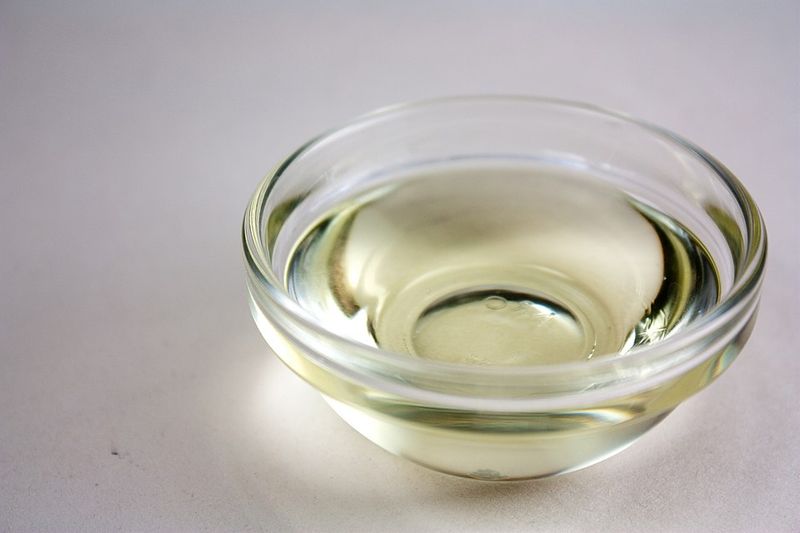
Not all oils are created equal when it comes to fried rice science. Restaurants typically use oils with high smoke points like peanut, vegetable, or canola oil because they can withstand extreme temperatures without breaking down or tasting burnt.
If oil smokes too early, it releases acrolein, a compound that tastes bitter and can ruin your dish. High smoke point oils remain stable even at wok temperatures, allowing proper browning and flavor development.
How much oil matters too. Professional chefs use more oil than home cooks expect, creating a thin coating that prevents sticking and helps conduct heat evenly to every grain. This isn’t about greasiness but about heat transfer efficiency and achieving that restaurant-quality sheen and texture.
Fast Cooking Preserves Texture Through Physics
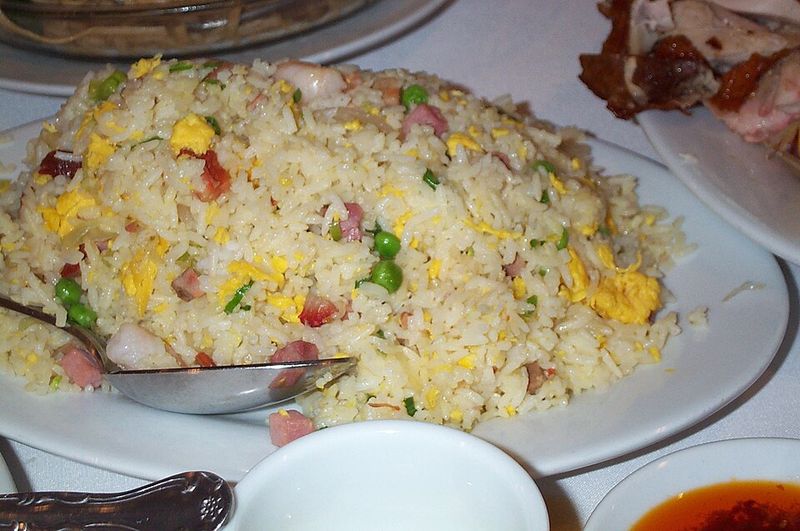
Speed isn’t just for show when chefs cook fried rice in under three minutes. Fast cooking at high heat creates steam that escapes quickly, preventing rice from absorbing too much moisture and getting soggy.
Though it looks chaotic, constant tossing ensures even heat distribution without any grains sitting too long in one spot and overcooking. This rapid movement also incorporates air, keeping the rice light and fluffy rather than dense.
The physics behind it involves heat transfer and evaporation rates working together perfectly. Home cooks who add too many ingredients at once drop the wok temperature dramatically, causing steaming instead of frying. Restaurants cook in small batches at lightning speed, maintaining that crucial high temperature throughout the entire cooking process for ideal results.


